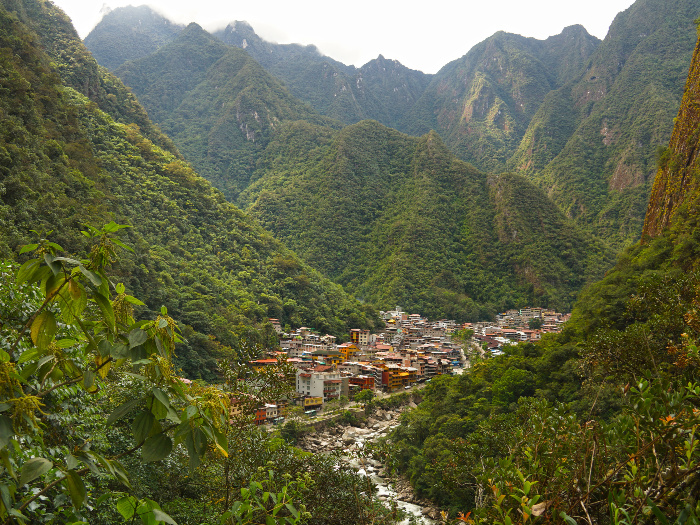
We are working to create and strengthen conservation practices and the creation and management of protected areas in Peru, resulting in the protection of millions of acres of valuable forests.
By protecting the Peruvian Amazon (which ranges from the Andes Mountains to lowland Amazonian forests), we can help to ensure they remain a sustainable source of food and tourism revenue.
